Why Milton prompted calls for new 'Category 6' on Hurricane wind scale
Downgraded to Category 3 despite spawning tornadoes, Hurricane Milton had US experts suggesting Category 6 should be added to the storm rating system – but how are hurricanes rated and do they differ from cyclones?
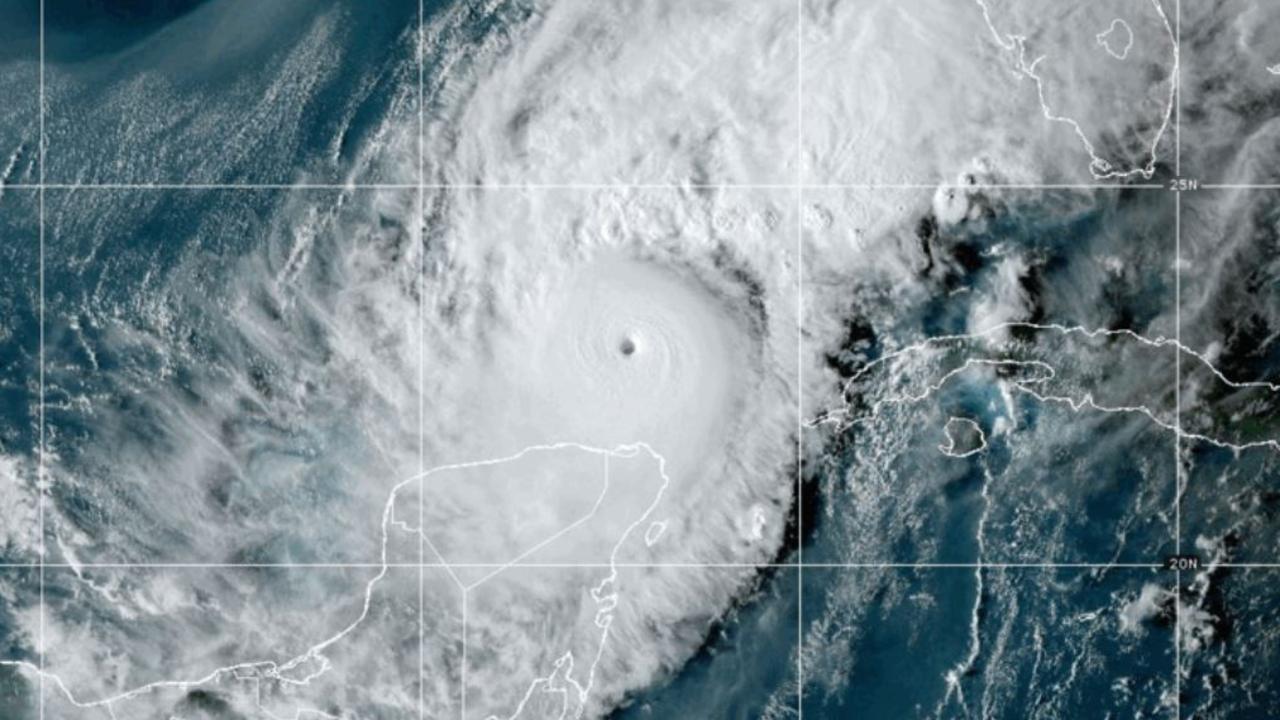
READING LEVEL: ORANGE
A monster hurricane, likely to be the biggest to hit the US state of Florida in a century, has climate scientists arguing for an extra level to be added to the current storm rating system as Florida residents rush to evacuate.
Hurricane Milton has grown in strength in The Gulf of Mexico, surging to a Category 5 hurricane, with wind speeds of up to 257km/hr as it heads towards Florida on the southeast coast of North America, where it is expected to make landfall* on Wednesday, local time.
While Category 5 is the highest level on the hurricane rating system, University of Pennsylvania Earth and Environmental Science Professor Michael Mann said that Milton could become even stronger.
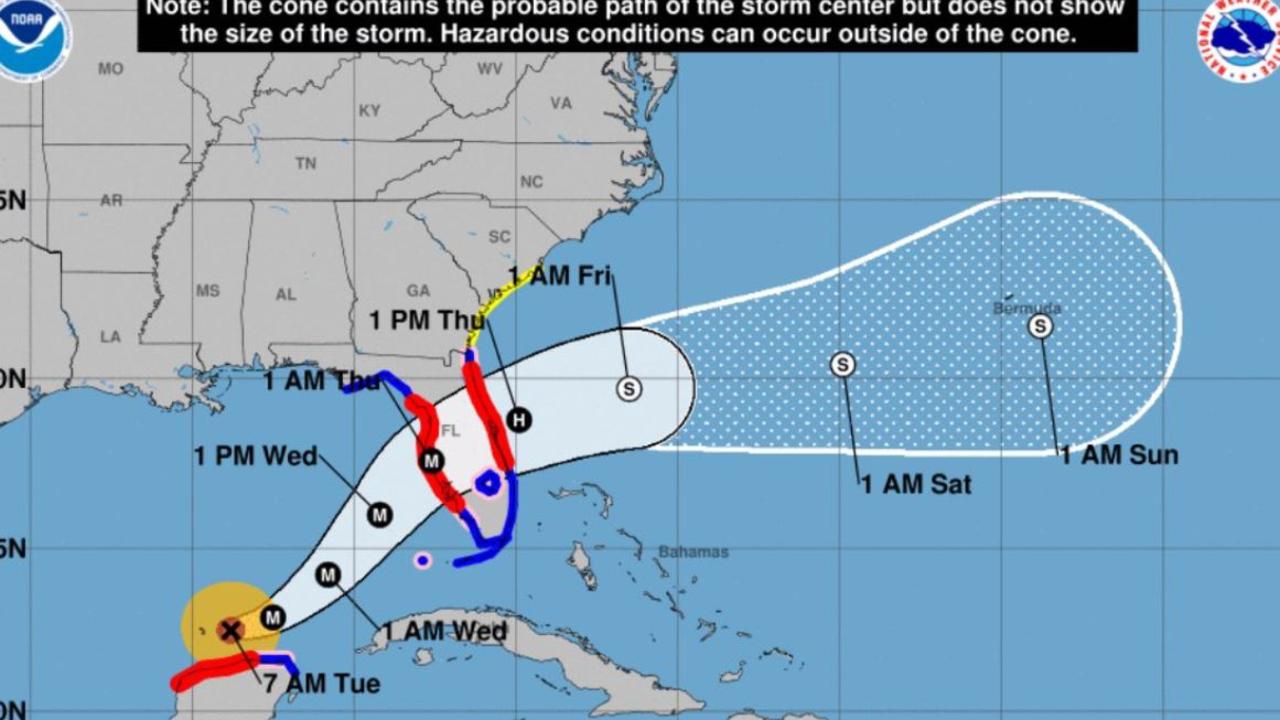
At the time of writing, winds of more than 289km/hr had been measured, leading Prof Mann to suggest the hurricane could be in a new category of its own.
“A hurricane with sustained* wind speeds of 192mph (309km/hr) or greater should be considered “category 6”,” Prof Mann wrote on X.
Prof Mann has previously written that the rating system used to describe hurricanes should be changed to reflect the occurrence* of stronger storms caused by climate change that “deserve to be placed in a whole separate, more destructive category.”
“We are now, thanks to the effects of human-caused warming*, experiencing a new class of monster storms — ‘category 6’ hurricanes,” Prof Mann wrote in the February edition of the Proceedings of the National Academy of Sciences.

WHAT IS THE STORM RATING SYSTEM?
The storm rating system used in the US is known as the Saffir-Simpson* Hurricane Wind Scale. According to the National Weather Service of America, Scientists assign the hurricane a rating from one to five based on the storm’s sustained wind speed. Hurricanes classified Category 3 or higher are considered major hurricanes because of the damage they cause.
Category 3 hurricanes have wind speeds of 178-208 km/hr, causing damage to property and trees. Category 4 hurricanes have winds of 209-251 km/hr, bringing more severe damage to homes and trees and causing power outages that could last weeks or months.
Category 5 hurricanes have wind speeds of 252 km/hr or higher. Such storms could destroy most homes in an affected area and leave whole areas unliveable for weeks or months.
In Australia, tropical cyclones are ranked using a similar five category system.
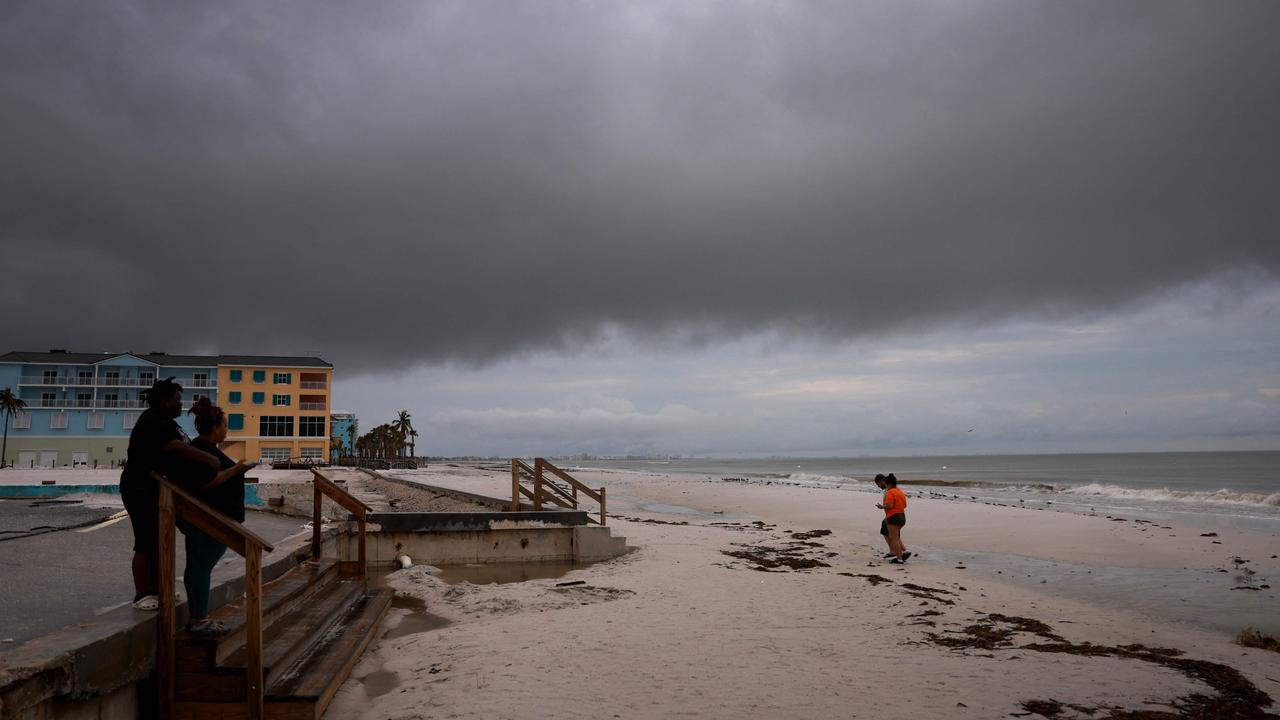
ARE HURRICANES AND CYCLONES DIFFERENT?
They may have different names, but hurricanes, cyclones and typhoons are the same weather phenomenon.
According to the US Government’s National Ocean Service, a tropical cyclone is a general term used by meteorologists* to describe a swirling system of clouds and storms that forms over warm tropical or subtropical waters with wind speeds of more than 62km/hr.
Once wind speeds reach more than 119km/hr, the storm is classified as either a hurricane, typhoon or tropical cyclone depending on which ocean it has formed over.
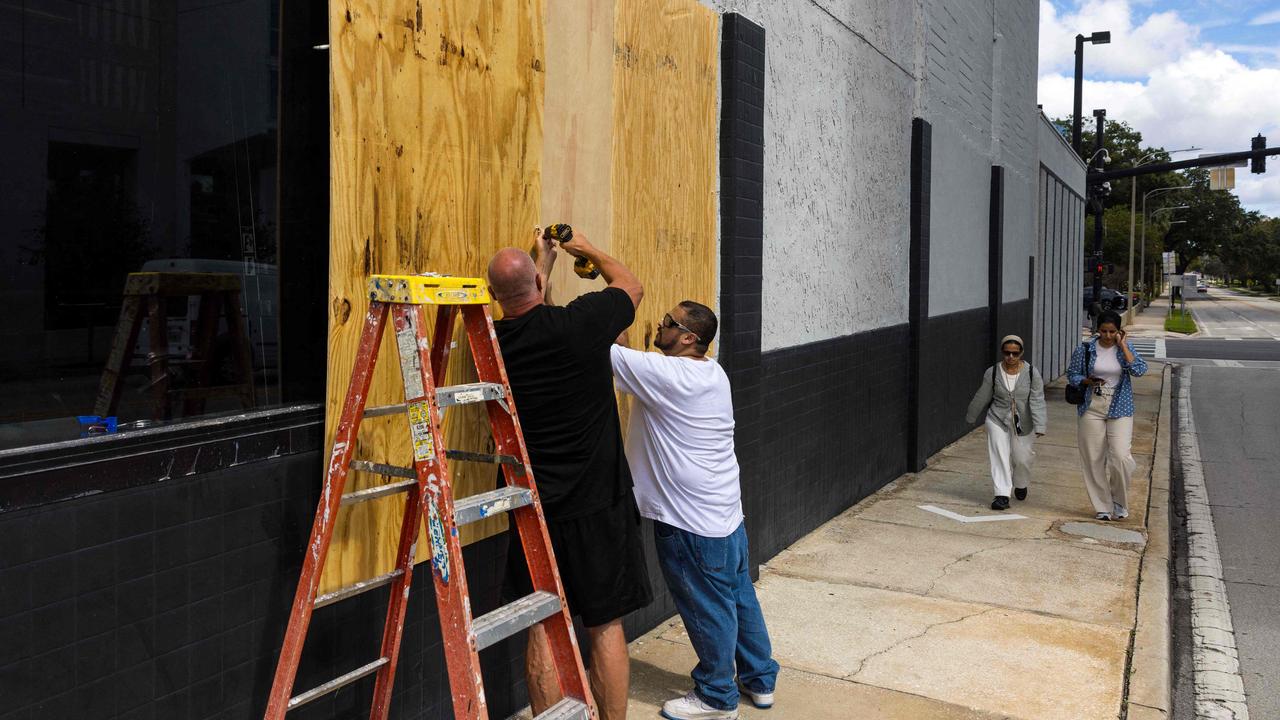
In the North Atlantic, central North Pacific, and eastern North Pacific (USA), the word hurricane is used, while in the South Pacific and Indian Ocean, where Australia is located, the term cyclone is used. The word typhoon is used in the Northwest Pacific (Asia).
Australia’s Bureau of Meteorology (BOM) describes tropical cyclones as being hundreds of kilometres in diameter* and lasting for several days. They bring strong winds and heavy rain which causes flooding, as well as storm surges.
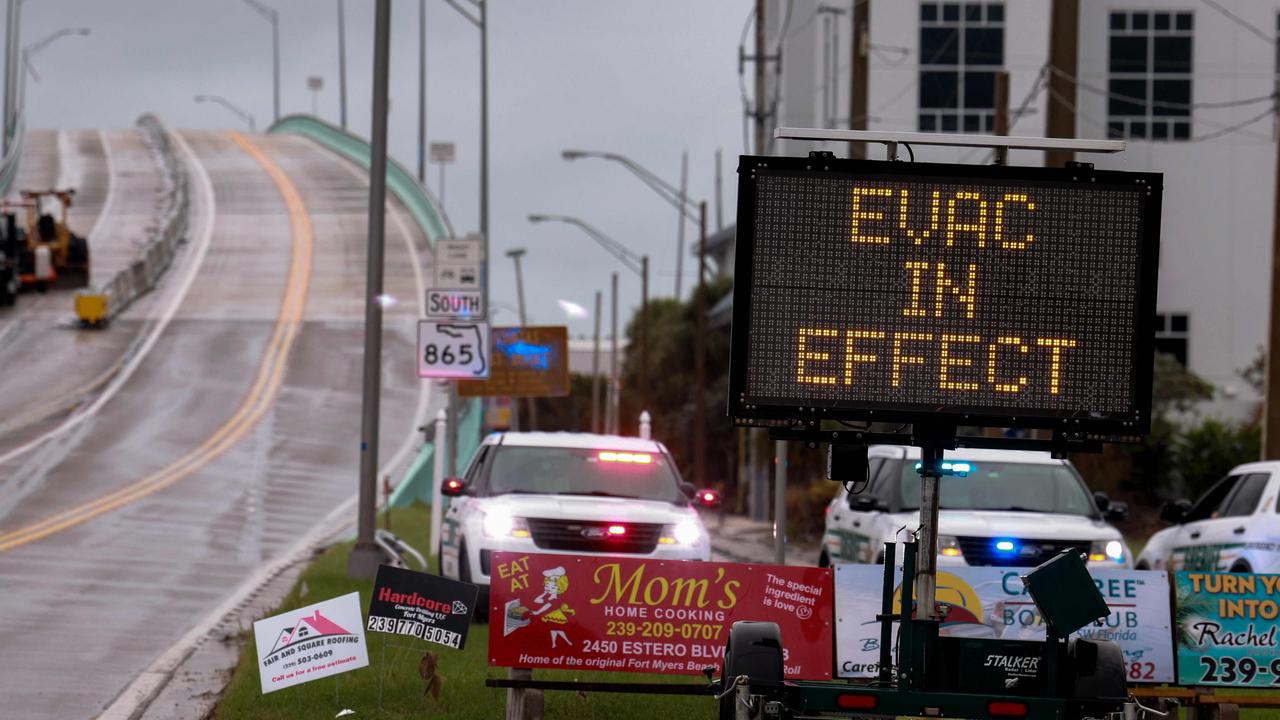
WHAT ARE TORNADOES AND TWISTERS?
Australia’s Bureau of Meteorology (BOM) describes tornadoes and twisters as being different names for the same thing – “a violently rotating column of air” associated with a severe storm.
Unlike cyclones, tornadoes appear as funnels that drop down from the sky and travel across the land (or sea, where they are known as waterspouts). Twisters can be a few metres or a few hundred metres in diameter and last from a few seconds to half an hour.
The name twister refers to the way the wind twists around in a cyclonic way, spinning clockwise in the Southern Hemisphere and anticlockwise in the Northern Hemisphere.

WHY ARE SOME PLACES MORE PRONE TO HURRICANES?
Some places are more vulnerable to hurricanes than others because of their location, topography* and infrastructure*.
Florida, where Hurricane Milton is expected to hit, has been described by experts as being particularly prone to damage from hurricanes because of its topography. On its west coast, Florida is shallow and the higher ocean floor slopes gently to its shore. On the east coast, however, the ocean floor drops sharply just a few kilometres out from land, making it prone to flooding from storm surges*.

AUSTRALIA’S STRONGEST CYCLONE
Australia has seen its fair share of tropical cyclones, with several Category 5 storms hitting the country’s north since Cyclone Tracy ravaged Darwin in 1974. But none have been so powerful as Cyclone Mahina. The Category 5 storm struck Princess Charlotte Bay on Cape York Peninsula in 1899, leading to an estimated 400 deaths, mostly of those aboard a pearling fleet. Australian Geographic describes the cyclone as the deadliest natural disaster in Australia’s history. While official records put the central pressure at 914 hectopascals*, Queensland researchers have since argued that the figure was more likely to be 880hPa, which would have made it one of the world’s strongest cyclones of all time.
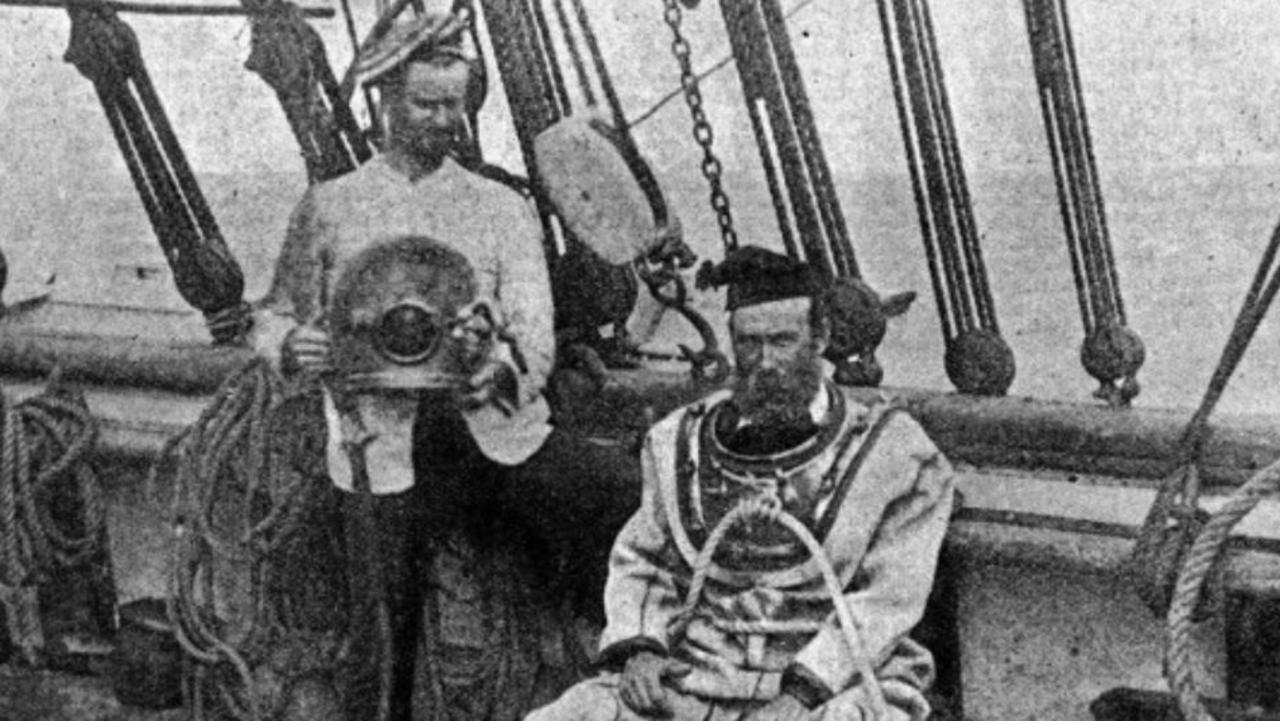
POLL
GLOSSARY
- landfall: when the hurricane hits land
- sustained: continuing for a period of time
- occurrence: something that happened
- human-caused warming: global warming caused by human made climate change
- Saffir-Simpson: a hurricane scale developed by American structural engineer Herbert Saffir and American meteorologist Robert H. Simpson in 1971 to help the public understand the risks of approaching hurricanes
- meteorologists: scientists that study the weather
- diameter: the distance from one side of the hurricane to the other
- topography: the arrangement of natural and artificial features of an island
- infrastructure: buildings, powerlines and transport
- storm surges: the rise in sea level caused by a storm
- hectopascals: a unit of measurement of atmospheric pressure
EXTRA READING
Aussie team to assess asteroid risk
Sailors’ wild wind and wave rescue
Wild winds too much for turbines
QUICK QUIZ
1. What is the highest category of strength in the current hurricane rating system?
2. How fast are the wind speeds in a Category 3 hurricane?
3. What is the difference between a twister and a tornado?
4. What was the most powerful cyclone to hit Australia?
5. When did Cyclone Tracy hit Darwin?
LISTEN TO THIS STORY
CLASSROOM ACTIVITIES
1. Who gets to choose?
Do you know how hurricanes and cyclones get their names and who chooses them? Brainstorm some ideas, then use your research skills to see if you are right. Use the information that you have found to write a guide for naming storms.
Time: allow at least 30 minutes to complete this activity
Curriculum Links: English, Science, Geography
2. Extension
Can you think of a warning system for hurricanes that would be more useful? Use information in the story to help you create a new set of categories, with a clear definition for each one.
Time: allow at least 30 minutes to complete this activity
Curriculum Links: English, Science, Geography
VCOP ACTIVITY
Summarise the article
A summary can be a really good way to grab the main idea plus some key points in the article as a highlight. Think of the summary like a little advertisement or extract you could use to encourage people to read the article in detail. You want to give them an overview of the article that includes the main idea (being able to tell the audience what the article is about in one sentence), plus a few of the key points of the information.
Remember to re-read your summary to check that it is clear, concise and makes sense to the audience who haven’t read the article yet. You need to make language choices that allow you to explain the information in only a few sentences.

